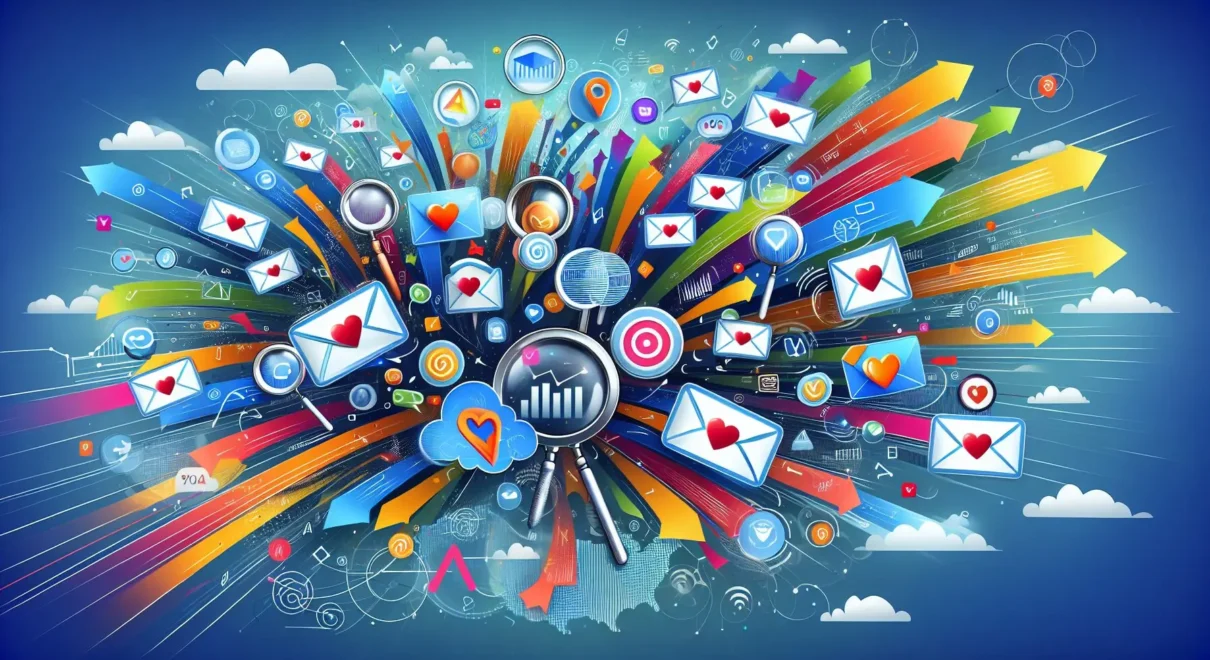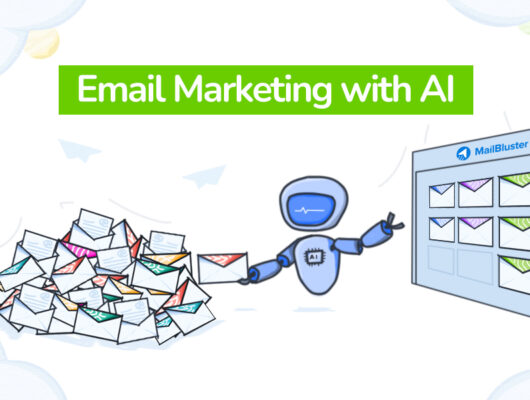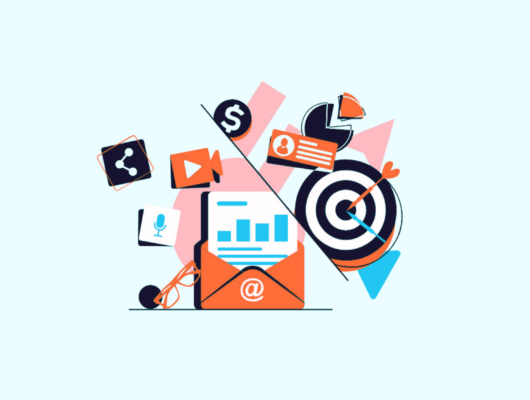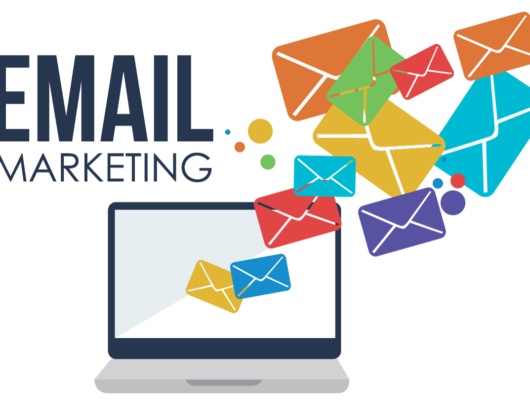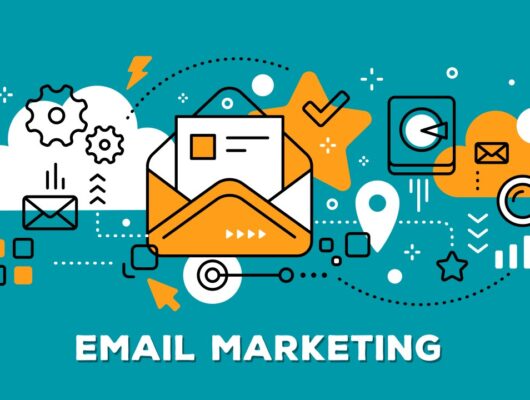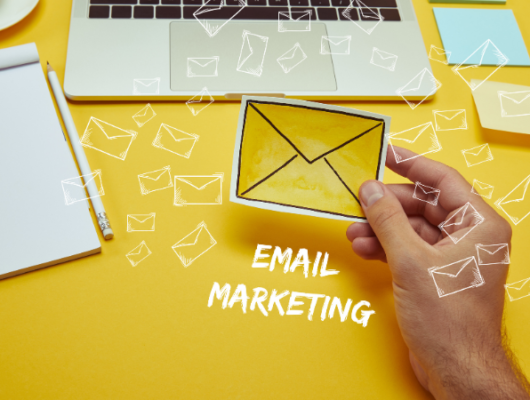In today’s crowded digital world, sending generic email blasts to your entire list simply doesn’t cut it anymore. The modern consumer craves personalization, relevancy, and immediacy.
To meet these demands, businesses must embrace targeted email marketing—a strategy that focuses on delivering tailored, meaningful messages to specific segments of your audience.
Targeted email marketing is a powerful way to engage your subscribers, build stronger relationships, and drive higher conversion rates.
In this article, we’ll explore what targeted email marketing is, why it’s essential, and how you can implement effective targeted campaigns to boost your business.
1. What is Targeted Email Marketing?
Targeted email marketing refers to the practice of sending personalized, relevant email content to specific segments of your audience based on their behaviors, demographics, or engagement with your brand. Unlike generic email campaigns that blast the same message to everyone on your list, targeted email marketing aims to send the right message to the right person at the right time.
Targeting can involve using customer data to create more specific email segments, such as:
- Demographics: Age, gender, location, etc.
- Behavioral data: Purchase history, website activity, email engagement.
- Psychographics: Interests, preferences, and values.
- Customer lifecycle: New subscribers, first-time buyers, repeat customers, or lapsed users.
By delivering highly relevant content, targeted emails are more likely to be opened, clicked, and acted upon, leading to improved engagement and higher ROI.
2. Why is Targeted Email Marketing Important?
Targeted email marketing is essential for several reasons. Here are some key benefits that make this strategy a must for any email marketer:
a) Increased Relevance
When your emails are tailored to the specific needs and interests of your recipients, they are far more likely to resonate with them. Personalized content feels more relevant, which leads to higher open rates, more engagement, and ultimately, more conversions.
b) Higher Engagement Rates
By sending content that aligns with a recipient’s preferences, past interactions, or behavior, you increase the chances of them interacting with your email. Whether it’s clicking a link, viewing a product, or making a purchase, targeted emails generally result in higher click-through rates (CTR) and better engagement compared to generic emails.
c) Better Conversion Rates
Targeted emails increase the likelihood of driving action. A message that is highly relevant to the recipient, such as offering a discount on an item they’ve recently browsed or abandoned in their cart, has a much higher chance of converting. With the right timing and offer, targeted email campaigns can lead to direct sales, sign-ups, or other valuable actions.
d) Improved Customer Retention
Targeted email marketing is an excellent tool for nurturing existing customers and keeping them engaged. By sending personalized content at various stages of the customer lifecycle, you can increase repeat purchases, loyalty, and long-term customer retention.
e) Cost-Effective Marketing
Compared to other forms of digital marketing, email marketing is relatively inexpensive. Targeting helps you ensure that your resources are used efficiently by focusing on the subscribers most likely to convert, rather than wasting resources on a broad, untargeted audience.
3. Key Strategies for Targeted Email Marketing
To leverage the full potential of targeted email marketing, you need to implement the right strategies. Here are some effective approaches to consider:
a) Segmentation: The Foundation of Targeting
Segmentation is the process of dividing your email list into smaller, more specific groups based on shared characteristics or behaviors. These groups could be based on demographic data, purchase history, website interactions, engagement levels, or even interests.
Examples of segmentation include:
- Demographic segmentation: Grouping subscribers based on age, gender, or location.
- Behavioral segmentation: Segmenting based on how customers have interacted with your website, products, or previous emails.
- Lifecycle segmentation: Sending targeted emails based on where customers are in their journey, such as new subscribers, first-time buyers, or loyal repeat customers.
- Engagement-based segmentation: Tailoring content for customers based on their level of email engagement—whether they frequently open emails or have been inactive for a while.
Segmentation ensures that each recipient gets an email that resonates with them, improving the chances of conversion.
b) Personalization: Go Beyond First Names
Personalization in email marketing involves tailoring content to the individual recipient. While addressing a customer by their first name is a great start, effective personalization goes much further.
Examples of personalized content:
- Product recommendations based on past purchases or browsing behavior.
- Dynamic content that changes based on the recipient’s location, interests, or past activity.
- Tailored offers based on the recipient’s preferences, such as a discount on a product they’ve previously viewed or added to their cart.
- Event reminders for products or services that align with the recipient’s interests or previous purchases.
Personalized emails make the content feel more relevant and can significantly boost customer engagement and conversion rates.
c) Behavioral Targeting: Act on User Behavior
Behavioral targeting leverages data about your customers’ actions to send timely and relevant emails. By tracking interactions such as website visits, email opens, clicks, and purchases, you can craft emails that address specific actions or inactions.
Examples of behavioral targeting:
- Abandoned cart emails: Send emails to customers who added products to their cart but didn’t complete their purchase, offering them a discount or reminding them of their abandoned items.
- Example: “It looks like you left something behind! Complete your purchase now and save 10%.”
- Post-purchase emails: Send follow-up emails after a purchase, such as thanking the customer, asking for a review, or recommending complementary products.
- Example: “Thanks for your recent purchase of [Product]! Check out these accessories to complete your set.”
- Re-engagement emails: Target subscribers who haven’t opened or clicked your emails in a while with special offers or content to win them back.
- Example: “We miss you! Come back to enjoy 20% off your next purchase.”
Behavioral targeting allows you to send emails that are highly timely and relevant, increasing the chances of conversion.
d) Timing: Send Emails at the Right Moment
One of the key aspects of targeted email marketing is timing. Delivering the right message at the right time is crucial to capturing the recipient’s attention and prompting action. Here are a few timing strategies to consider:
- Time-sensitive offers: Send emails with limited-time offers, promotions, or countdowns to create a sense of urgency.
- Example: “Hurry! 24 hours left to get 20% off your order.”
- Personalized delivery time: Analyze your audience’s past behavior to identify the best time to send emails to maximize open and engagement rates.
- Triggered emails: Automate emails based on specific actions, such as a welcome email after sign-up, a birthday email, or a thank-you email after a purchase.
Using the right timing helps ensure that your emails arrive when recipients are most likely to take action.
e) A/B Testing: Optimize Your Targeted Campaigns
Even with the best segmentation and targeting strategies, there’s always room for improvement. A/B testing allows you to test different versions of your emails to see what resonates best with your audience. This could involve testing:
- Subject lines
- Email copy and messaging
- Images or visuals
- Call-to-action buttons
- Send time and frequency
By regularly conducting A/B tests, you can continuously refine your targeted email campaigns to improve engagement, conversions, and overall effectiveness.
4. Best Practices for Targeted Email Marketing
To get the most out of your targeted email marketing campaigns, keep these best practices in mind:
- Build and maintain an up-to-date email list: The more accurate and up-to-date your data, the better you can target your audience.
- Don’t over-segment: While segmentation is essential, too many segments can lead to complexity and inefficiency. Find a balance that works for your business.
- Respect user privacy: Always obtain consent before collecting data and ensure that your email practices comply with privacy regulations like GDPR and CAN-SPAM.
- Personalize where possible: The more personalized your emails are, the more likely they are to stand out in the recipient’s inbox.
- Monitor results: Regularly analyze key metrics such as open rates, click-through rates, and conversion rates to understand how your targeted campaigns are performing.
Conclusion: The Power of Targeted Email Marketing
Targeted email marketing is one of the most effective ways to build strong relationships with your customers, increase engagement, and drive conversions.
By leveraging segmentation, personalization, behavioral targeting, and the right timing, you can ensure that your emails are relevant, valuable, and timely for your audience.
By putting the right strategies into practice and continuously optimizing your campaigns, you can unlock the full potential of targeted email marketing to achieve greater customer satisfaction and business success.
Start targeting your emails today, and watch your engagement and conversions soar!


